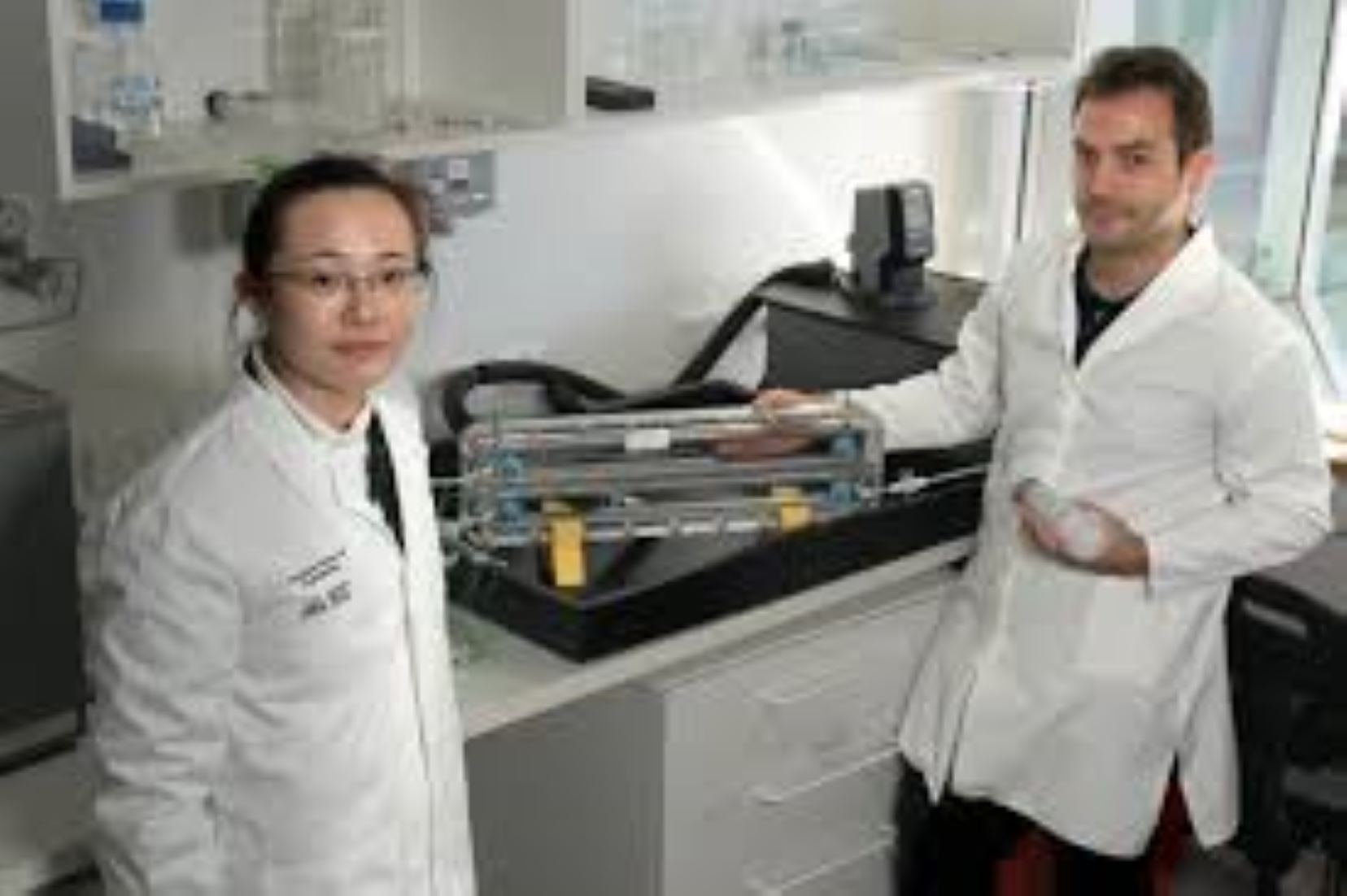CANBERRA, May 31 (NNN-AAP) – Researchers from the Australian National University (ANU), have developed a simpler and more cost-effective method for removing salt from seawater.
In a new research, the team demonstrated a world-first thermal desalination method.
According to the study, the method could help address looming unprecedented global water shortages.
The method is based on thermodiffusion – a phenomenon discovered in the 19th century, whereby salt ions slowly move to the cold side of a tube of water, that is heated from one end and cooled from the other.
Juan Felipe Torres, lead chief investigator of the project from the ANU Heat for Environmental and Aerospace Technologies (HEAT) Lab, said, to test if thermodiffusion could be used for desalination the team heated a narrow channel of seawater to 60 degrees Celsius from above and cooled it to 20 degrees Celsius from below.
They found that diffusion of the salt ions from the heated water took 53 days for a 30-centimetre tube.
However, by reducing the height of the tube to one millimetre and adding multiple channels, they found that diffusion could be fast-tracked to occur in minutes.
Shuqi Xu, a PhD student at ANU and first author of the study, said that, by adding channels, the device could reprocess the warmer, purified water and remove the cooler, saltier water.
“Each time the water passed through the channel, its salinity was reduced by three percent,” she said, in a media release yesterday.
“Our research shows that after repeated cycles, seawater salinity can be reduced from 30,000 parts per million to less than 500.”
Unlike current desalination technologies that require expensive materials, and large amounts of electric power to filter salt through a membrane, the new method is triggered by heat, generated by either direct sunlight or waste heat from appliances and industrial processes.
Torres said, a paradigm shift on desalination technology was essential, to sustain human life over the next century.
The team is hopeful of producing the first commercial unit using the new method within eight years.– NNN-AAP






